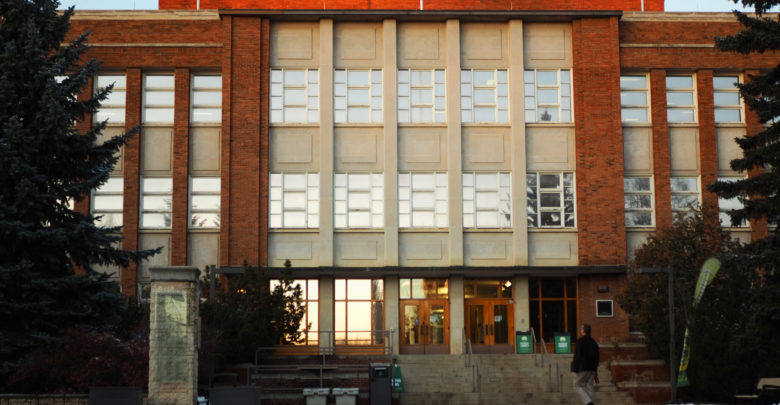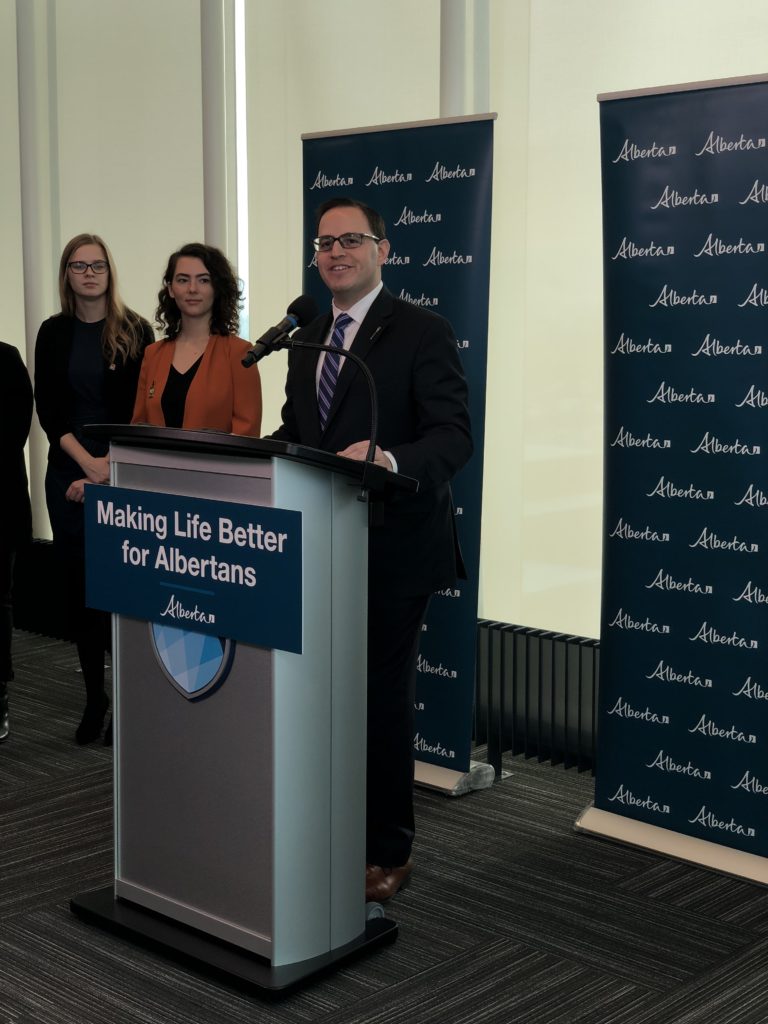BREAKING: U of A budget 2020-21 reveals proposed tuition, rent, and meal plan increases
Undergraduate tuition could be going up seven per cent in the 2020-2021 year
 Helen Zhang
Helen ZhangThe University of Alberta is considering raising tuition, residence rent, and the mandatory meal plan for those living on campus.
All the proposed figures for the next and future academic years will be presented to the Board Finance and Property Committee first on February 27. The committee will then either reject or recommend the motions to the Board of Governors, the highest decision-making body at the U of A, for ultimate approval on March 13 — their next meeting.
The changes to tuition include:
- seven per cent increase to domestic undergraduate student Fall 2020 tuition to both incoming and current students.
- four per cent increase to international undergraduate student Fall 2020 tuition, extending to students already at the U of A.
- seven per cent increase to domestic and international graduate student Fall 2020 tuition to both incoming and continuing students for thesis-based programming.
- seven per cent increase to domestic graduate student course-based Fall 2020 tuition.
- four per cent increase to international graduate student course-based Fall 2020 tuition.
Undergraduate student tuition is projected by the U of A to increase between another five to 10 per cent in both Fall 2021 and 2022 based on a students program. According to the university, the average increase will be seven per cent.
All increases to tuition will have an incremental increase to student financial aid. For most undergraduate tuition increases this will result in 15 per cent.
Continuing thesis-based graduate students will receive an increased rebate to make overall tuition increases only result in a 2.67 per cent increase for Fall 2020.
The following changes to meal plans for U of A residences are proposed:
- Increase by $148 per year, or $18.50 per month, to the level one Lister plan.
- Increase by $130 per year, or $16.25 per month, to the level two Lister plan.
- Increase by $148 per year, or $18.50 per month, to the Peter Loughheed Hall plan.
- Increase by $132 per year, or $16.50 per month, to the Augustana eight-month plan.
- Increase by $69 per year, or $17.25 per month, to the Augustana four month plan.
The board is considering a flat five per cent increase to the rates charged for the following residences:
- Augustana – Hoyme
- Augustana – Ravine
- Augustana – Community House
- Campus Saint-Jean
- East Campus Village Houses
- Graduate Student Residence
- HUB
- International House
- Lister – Chalifoux Hall
- Lister – Henday Hall
- Lister – Kelsey Hall
- Lister – Schaffer Hall
- Maple and Aspen House
- Newton Place
- Peter Lougheed Hall
The changes to mandatory non-instructional fees include a 2.67 per cent or $21.12 increase applied differentially to specific units for full-time students. This will include:
- $16.40 per year more to go toward Athletics and Recreation.
- $4.72 per year more to go to Academic Support.

The raises stem from changes put forward by the United Conservative Party-led provincial government in Budget 2019. The university has already transferred $15 million from its strategic reserves and passed cuts to faculties and support units — 4.9 and eight per cent respectively — to absorb some of the loss in revenue. Further, the U of A has implemented “hiring constraints” and reduced 185 positions through a “combination of attrition, retirements, and position eliminations.”
Additionally, Budget 2020 is set to be unveiled at the legislature on February 27.
U of A proposed consolidated budget shows cuts and deficits
The different budgets that make up the U of A’s consolidated budget showcase significant changes and financial challenges for the institution.
The consolidated budget is forecasting an approximately $14.5 million deficit for 2019-20. Last year, the U of A forecasted an $11.5 million surplus for 2019-20. To compare, in 2018-19, the U of A had around a $103 million surplus.
In 2020-21, the institution is budgeting for a $1.6 million surplus, which will increase in the following year to approximately $2.5 million. The university projects for 2022-23 to have a $279,000 surplus.
For 2020-21 both the capital and ancillary operation budgets will run deficits. All other units — operating, research, and special purpose — will have smaller surpluses than previous years. Ancillary operations includes residence, dinning services, the bookstore, the ONECard office, and parking operations. The capital budget includes materials, IT equipment, maintenance, repairs, utilities, and buildings.
The capital budget will continue to run decreasing deficits every year to 2022-23 inclusive. Ancillary services is projected to make a surplus in 2022-23 of just over $1.9 million.
More to come.




